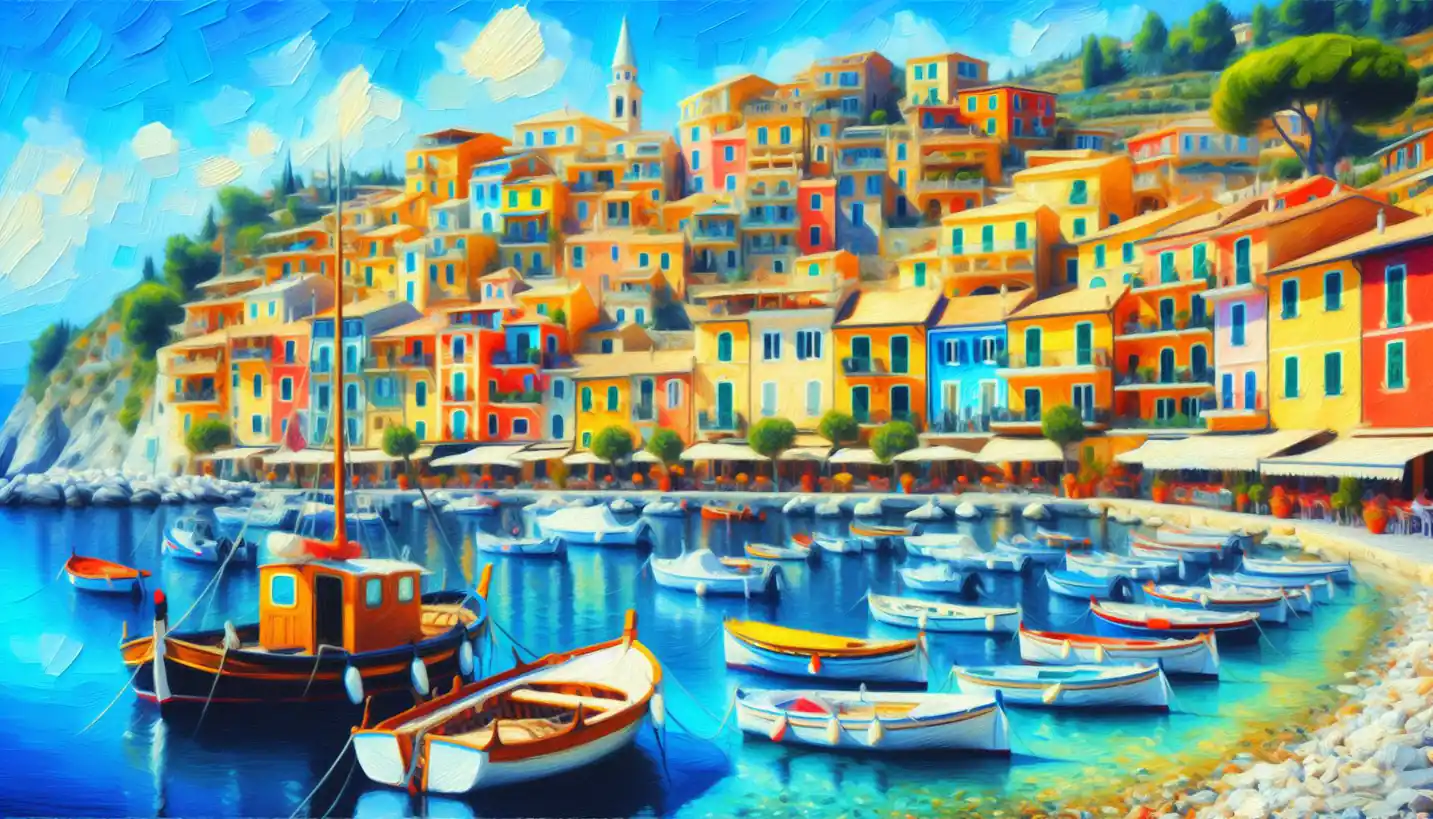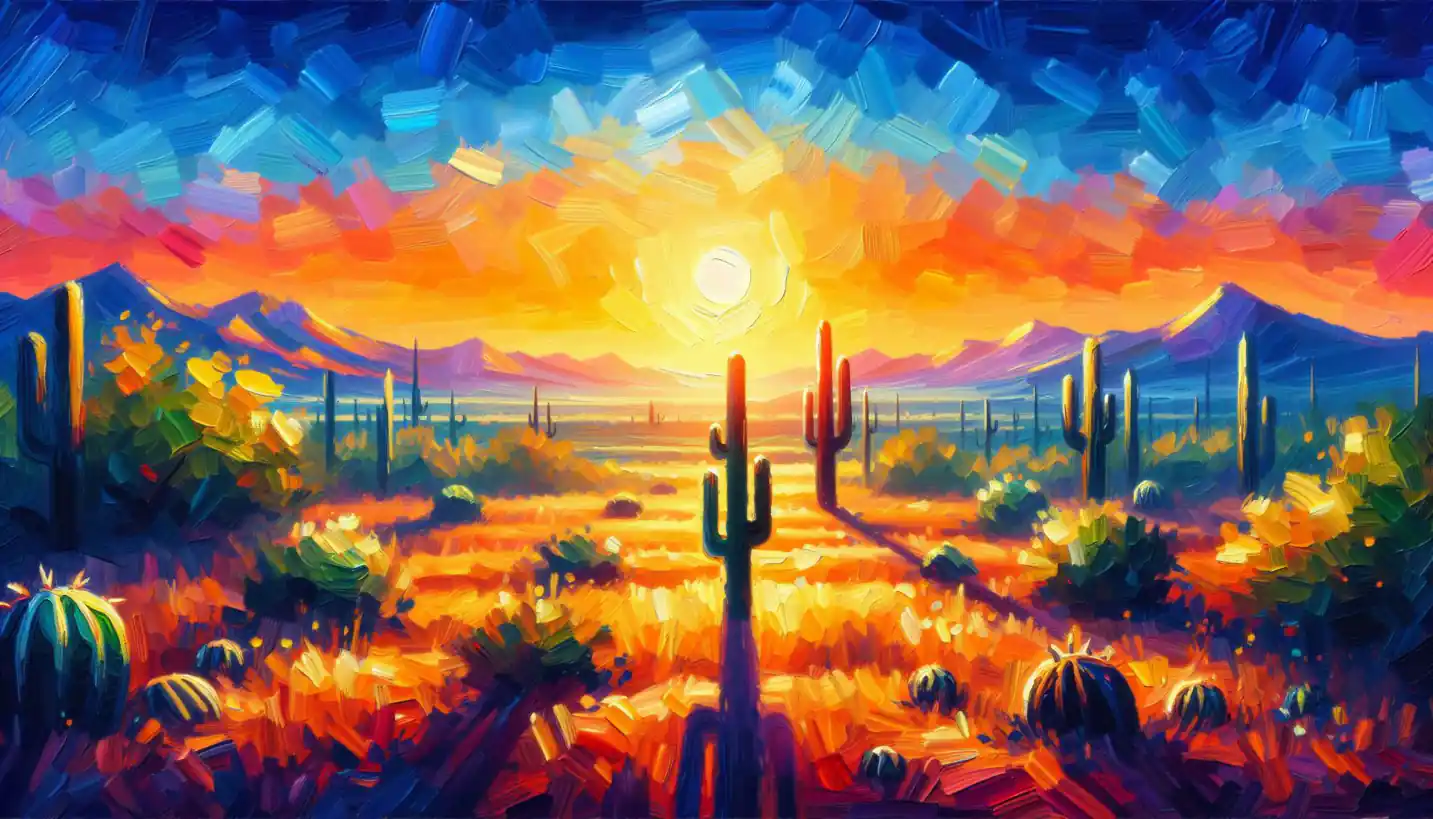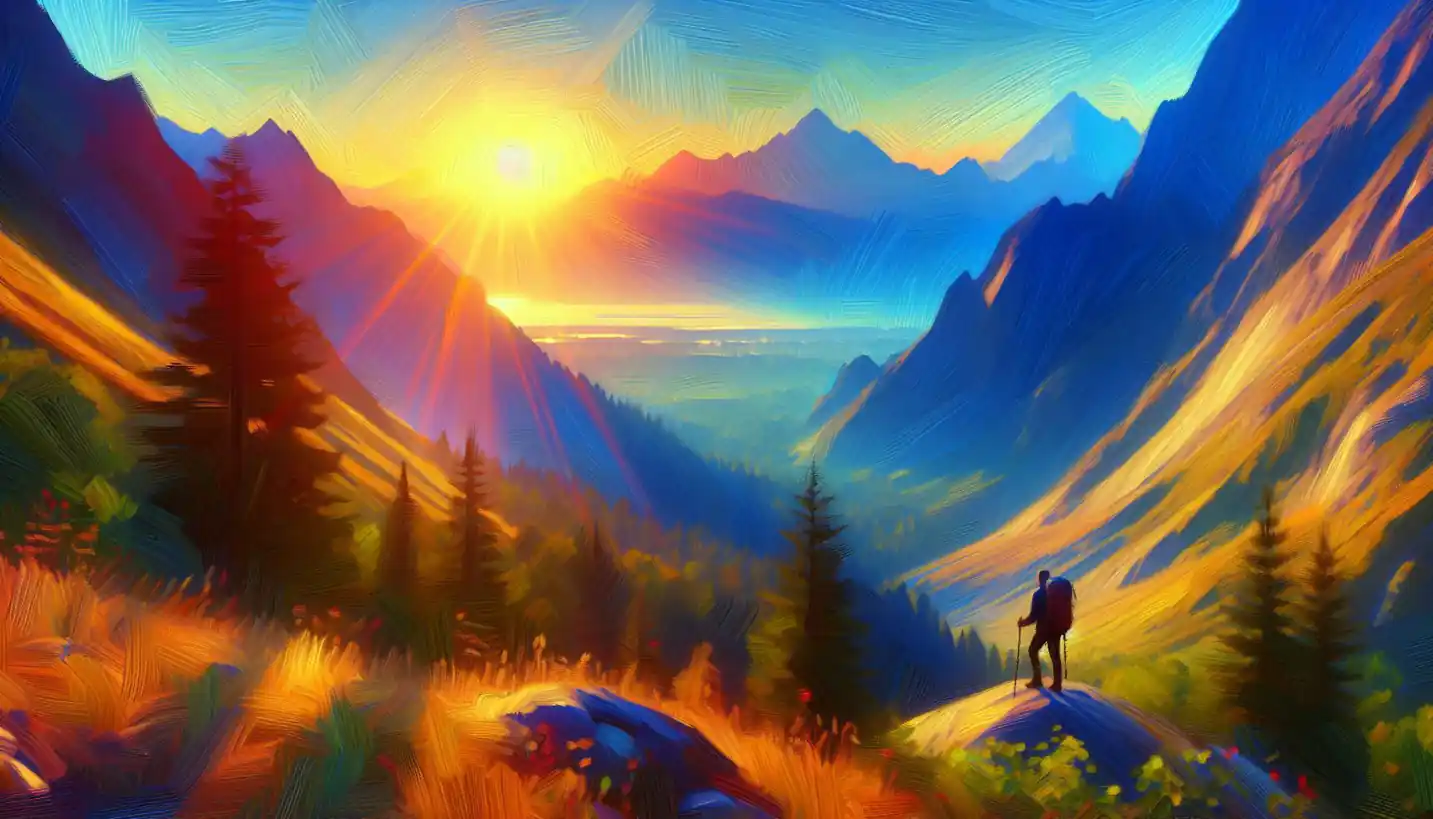· Geography · 4 min read
Glacial Moraine: Nature's Ice Sculptures and Their Tales
Glacial moraines tell the epic tales of ice movement across landscapes. Explore how these formations narrate the story of glaciers and their icy adventures.

Have you ever wondered how landscapes are shaped by nature’s mighty forces? One such artist is the glacier, a colossal river of ice that carves out beautiful terrains. A fascinating creation of this icy sculptor is the “glacial moraine,” a term in geomorphology that tells stories of ancient ice movements and the Earth’s history.
Moving glaciers act like massive bullies, slowly shoving aside everything in their path. Rocks, tree debris, and soil all get swept up in this great icy push. As a glacier recedes, it leaves behind a jumble of materials, and these piles are what we call moraines.
The Symphony of Ice and Time
To truly appreciate glacial moraines, let’s first understand the journey of a glacier. Picture a river, not of water, but of solid ice. This river moves so slowly, like a crawling snail, flowing down a mountain valley. The glacier is heavy and relentless, carrying with it rocks and debris of all sizes. Some of these rocks are as tiny as pebbles, while others are gigantic boulders.
When the climate shifts, and the temperatures rise, glaciers begin to melt and retreat. But like a traveler who leaves a trail in the snow, glaciers deposit the materials they’ve carried. These deposits form the moraines, giving us clues about how far the glaciers traveled and the paths they took.
Unpacking Moraine Types: A Geological Map
Finding different kinds of moraines scattered across landscapes can be like stepping into a storytelling session of geological history.
Terminal Moraine: Marking the Journey’s End
Imagine reaching the very edge of a cliff, marking the farthest point you’ve traveled. The terminal moraine is just that—the end of the glacier’s journey. It’s a massive ridge formed from the debris pushed along to the furthest edge. This is where the glacier finally stopped, leaving behind a boundary line etched into the landscape.
Lateral Moraine: Sidekicks of the Glacier
On your walk beside a glacier, you’d notice banks of debris piled up along its sides. These are the lateral moraines, formed along the edges of the glacier. Like loyal sidekicks, they mark where the glacier pressed against the valley walls, pushing loose rock and dirt upwards.
Medial Moraine: When Two Glaciers Collide
If you could see two glaciers merging, you’d witness a magical dance where ice-rivers unite, bringing with them heaps of debris. The materials carried along each glacier join in a line, called the medial moraine, running down the center of the newly formed larger glacier. It’s like a seam, stitched by nature’s hands, marking the meeting of two icy giants.
Ground Moraine: The Carpet of Stones
Often lying beneath the glacier like a hidden treasure is the ground moraine. It’s a thin layer of debris left as the glacier slides over the landscape. Imagine it as a sediment carpet, flat and often spread over large areas, sometimes buried beneath other materials.
Telling Time with Moraines
Moraines are more than just piles of rock; they’re time capsules. Scientists delve into them to understand past climatic conditions. By examining their composition and position, researchers can deduce when glaciers advanced or retreated, shedding light on historical climate patterns. This work is crucial as it helps build models predicting future climatic changes in our world today.
The Formation of Valleys and Lakes
Have you ever wondered why some valleys are U-shaped while others are V-shaped? Glaciers are behind this mystery. As glaciers advanced, they transformed V-shaped river valleys into U-shaped glacial valleys, broadening and deepening them. When these icy giants melted, their remnants filled the depressions with water, forming glacial lakes. Moraine dams often blocked these water paths, leading to the creation of magnificent lakes like the Great Lakes in North America.
Gift to Biodiversity
Moraine landscapes are a boon to nature. As they erode and weather over time, they create varied terrains that become unique ecosystems. Many plants and animals have adapted to these environments, thriving amidst the harsh conditions. The minerals from moraines enrich the soil, promoting plant growth, and thus, fostering diverse habitats.
Mysteries Yet to Uncover
Despite our understanding, moraines continue to pique scientific curiosity. What tales do they hold about Earth’s geological past? Continual studies aim to uncover these mysteries, using cutting-edge technology to map and analyze the complex structure of moraines.
Glacial Moraines: A Reflection of Earth’s Ice-Artistry
Moraines are majestic reminders of glacial might and artistry, capturing a timeline of Earth’s history, climate changes, and the sheer power of nature’s forces. As time marches on, glaciers continue to carve, shape, and leave their mark on the Earth, with moraines as their written history.
So next time you find yourself wandering through a valley, or near glacial lakes, take a moment to ponder the tales these moraines might be whispering. They’re the Earth’s own storytellers, weaving narratives of the past, waiting for explorers and curious minds to dive into their icy stories.


